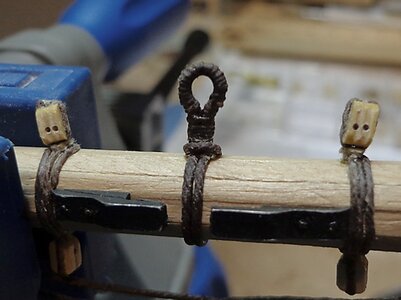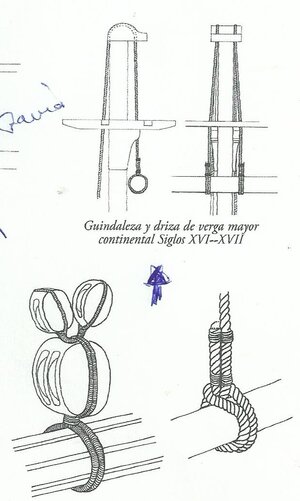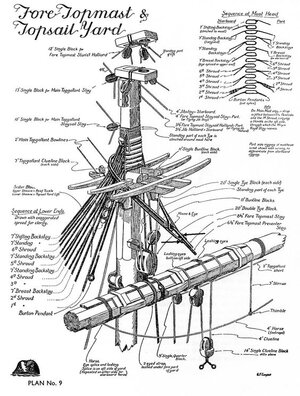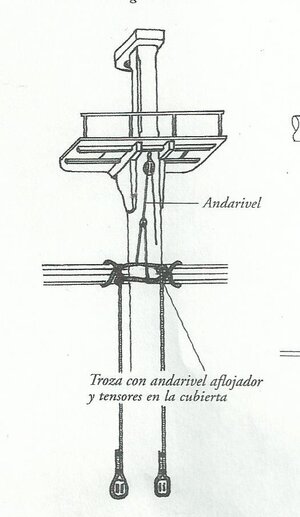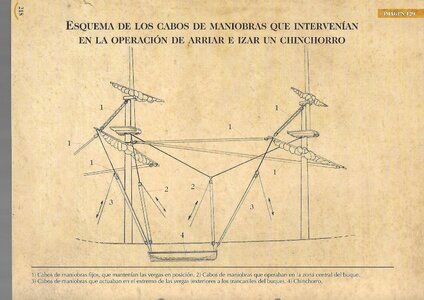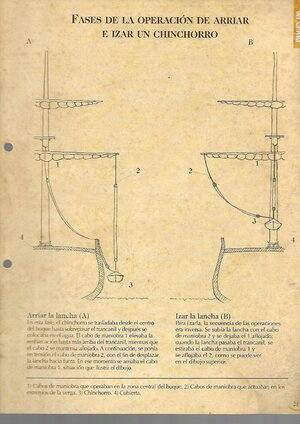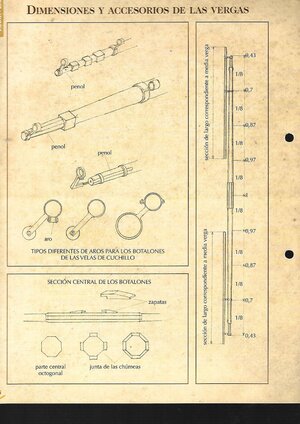- Joined
- Dec 20, 2020
- Messages
- 14
- Points
- 58

I am rigging my Caldercraft HMS Snake.
I have the book by L Petersson. It is excellent in its detail of every part of the rigging.
As an engineer I like to know why something is the way it is. I cannot just accept 'because it is'!
I have been all over the internet but cannot scratch this particular itch.
For instance -
The main yard is supported by a) a sling (fixed length)
b) two Jeers (blocks and tackles)
c) two lifts (blocks and tackles at the ends of the yards)
I sort of understand the sheets, tacks and cluelines but why are they like that.
So what I am asking is :- Is there any where that I go to get some answers or do I just wind my neck in and accept 'because it is'?!
I have the book by L Petersson. It is excellent in its detail of every part of the rigging.
As an engineer I like to know why something is the way it is. I cannot just accept 'because it is'!
I have been all over the internet but cannot scratch this particular itch.
For instance -
The main yard is supported by a) a sling (fixed length)
b) two Jeers (blocks and tackles)
c) two lifts (blocks and tackles at the ends of the yards)
I sort of understand the sheets, tacks and cluelines but why are they like that.
So what I am asking is :- Is there any where that I go to get some answers or do I just wind my neck in and accept 'because it is'?!






